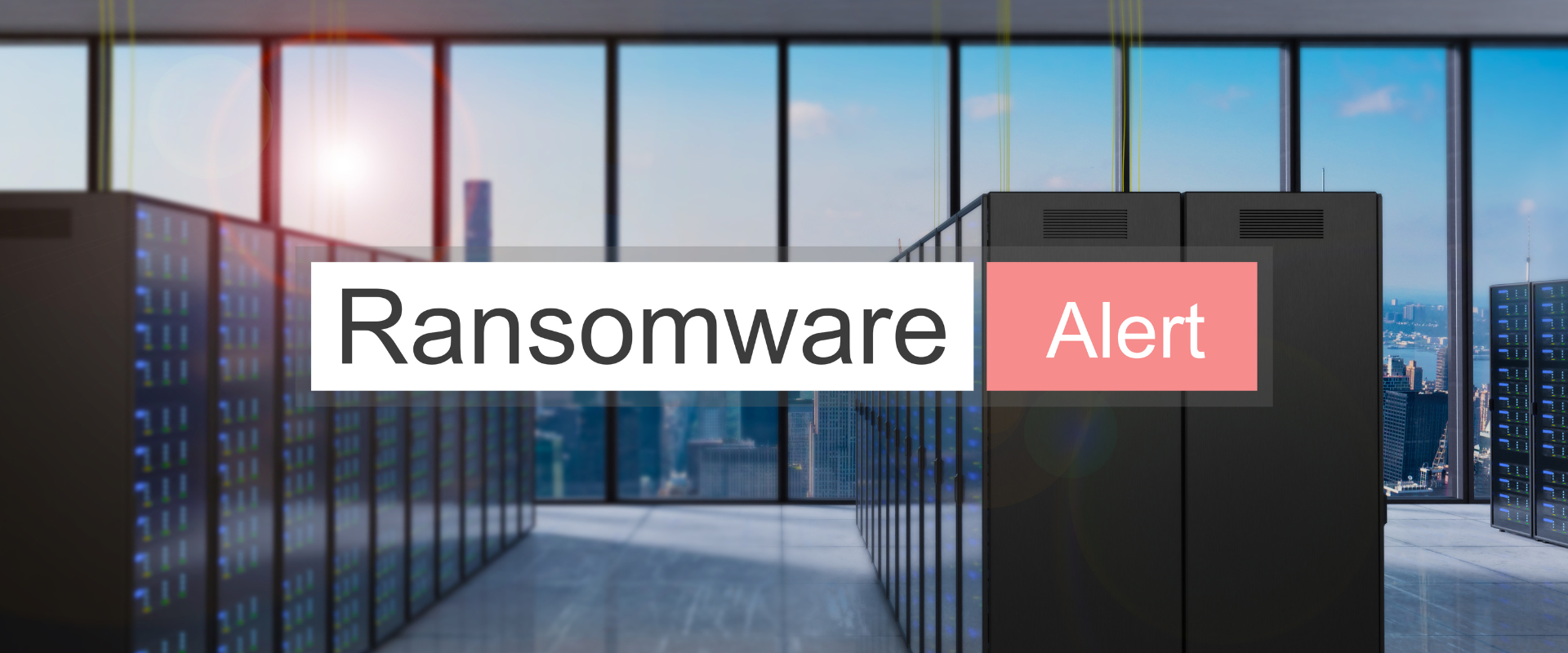
The Rise of Cybercrime: How to Strengthen Your Cybersecurity Posture in 2024
By, Webmaster
- 13 Nov, 2024
- 1.7k Views
As we move further into the digital age, cybersecurity has become one of the most pressing concerns for businesses of all sizes. Cybercriminals are increasingly sophisticated, using a wide range of tactics to target organizations and individuals alike. With cybercrime on the rise, it’s crucial to rethink how we approach cybersecurity and take a more proactive, layered approach to protect valuable data, infrastructure, and reputations. In this article, we’ll explore the growing threat of cybercrime, the most common types of cyberattacks, and how businesses can strengthen their cybersecurity posture in 2024.
The Growing Threat of Cybercrime
Cybercrime is no longer just a concern for large enterprises. Small businesses, government agencies, and even individuals are prime targets for cybercriminals seeking to exploit vulnerabilities. The global costs of cybercrime are staggering, with financial losses due to data breaches, fraud, and ransomware attacks running into billions annually.
What makes cybercrime even more dangerous is its rapid evolution. Cybercriminals constantly refine their tactics to bypass traditional security measures, using advanced technologies like artificial intelligence, machine learning, and social engineering to manipulate victims. The COVID-19 pandemic further amplified these threats, as remote work and digital transformation created new avenues for cyberattacks.
The Most Common Types of Cyberattacks
Phishing: Phishing is one of the most common and effective forms of cyberattack. Attackers use deceptive emails or websites to trick individuals into providing sensitive information, such as login credentials or financial details. With phishing emails becoming increasingly sophisticated, even the most cautious users can fall victim to these attacks.
Ransomware: Ransomware attacks have surged in recent years. This type of attack encrypts the victim’s data and demands a ransom payment in exchange for the decryption key. Ransomware-as-a-Service (RaaS) has made it easier for even low-skilled criminals to carry out these attacks, making it a growing concern for businesses.
Malware: Malware refers to any malicious software designed to infiltrate a network or system, often leading to data theft, system crashes, or unauthorized access. Malware can spread through email attachments, infected websites, or compromised software downloads, making it difficult to defend against.
Denial-of-Service (DoS) and Distributed Denial-of-Service (DDoS): These attacks aim to overwhelm a network, service, or website by flooding it with an excessive amount of traffic. DoS and DDoS attacks are designed to disrupt normal operations and cause downtime, leading to financial losses and reputational damage.
Insider Threats: Not all cybersecurity threats come from the outside. Insider threats occur when employees, contractors, or other trusted individuals intentionally or unintentionally compromise an organization’s security. These threats can include data theft, sabotage, or the introduction of malware into the system.
How to Strengthen Your Cybersecurity Posture in 2024
As the threat landscape continues to evolve, businesses must adopt a more proactive and comprehensive cybersecurity strategy. Here are some key steps organizations can take to strengthen their cybersecurity posture in 2024:
Implement a Zero Trust Architecture (ZTA): Zero Trust is a security model that assumes no one, whether inside or outside the network, should be trusted by default. This approach requires continuous authentication, authorization, and verification, ensuring that only trusted users and devices have access to critical resources.
Adopt Multi-Factor Authentication (MFA): MFA adds an extra layer of security by requiring users to provide multiple forms of verification before accessing sensitive data or systems. This could include a combination of passwords, biometric authentication, or one-time security codes.
Regularly Update and Patch Systems: Cybercriminals often exploit known vulnerabilities in software and hardware. Regularly updating and patching systems ensures that known vulnerabilities are addressed, reducing the risk of an attack.
Train Employees on Cybersecurity Best Practices: Human error is often the weakest link in cybersecurity. Regular training and awareness programs can help employees recognize phishing attempts, avoid unsafe browsing practices, and report suspicious activities. A well-informed workforce is one of the best defenses against cybercrime.
Invest in Advanced Threat Detection and Response: Traditional security measures like firewalls and antivirus software are important, but they are no longer enough on their own. Investing in advanced threat detection and response solutions, such as Security Information and Event Management (SIEM) systems, can help identify and mitigate threats in real-time.
Back Up Critical Data Regularly: Regular data backups are essential for protecting against ransomware attacks and other data loss incidents. Ensure that backups are stored securely, preferably offline or in a cloud environment, to prevent them from being compromised in an attack.
Secure Your Supply Chain: Cybercriminals are increasingly targeting third-party vendors and suppliers as a way to infiltrate organizations. Ensure that your partners and vendors are following strong cybersecurity practices, and consider conducting security assessments of their systems.
Develop a Robust Incident Response Plan: Despite the best preventive measures, no system is entirely immune to attack. Having a comprehensive incident response plan in place ensures that your organization can respond quickly and effectively in the event of a security breach.
Consider Cybersecurity Insurance: As cyberattacks become more costly, many organizations are turning to cybersecurity insurance to help mitigate the financial impact of a breach. Cybersecurity insurance can cover expenses related to recovery, legal fees, and reputational damage.
Conclusion
Cybercrime is an ever-growing threat that businesses can no longer afford to ignore. As the tactics of cybercriminals become more sophisticated, organizations must invest in proactive security measures to safeguard their data and infrastructure. By implementing a layered cybersecurity strategy that includes advanced technologies, employee training, and continuous monitoring, businesses can strengthen their defenses and reduce the risk of falling victim to cyberattacks.
As we move into 2024, staying ahead of cybercriminals requires a commitment to cybersecurity at all levels of an organization. Whether through a Zero Trust framework, enhanced authentication methods, or robust incident response plans, businesses must be prepared to protect their assets from an increasingly dangerous cyber threat landscape.
We hope you found this article insightful. If you have any questions or need assistance strengthening your organization’s cybersecurity posture, feel free to reach out!
Recent Posts
- The Growing Threat of Distributed Denial-of-Service (DDoS) Attacks: How to Protect Your Organization from DDoS Threats
- Zero Trust: The Key to Safeguarding Your Digital Assets
- The Evolution of Ransomware: How to Prepare for the Future of Cyber Extortion
- The Rise of AI-Powered Phishing Attacks: How to Safeguard Your Business
- The Growing Threat of Insider Threats in Cybersecurity: How to Protect Your Business
Category
- Cyber Security (67)
- Vulnerability Assessment (51)







